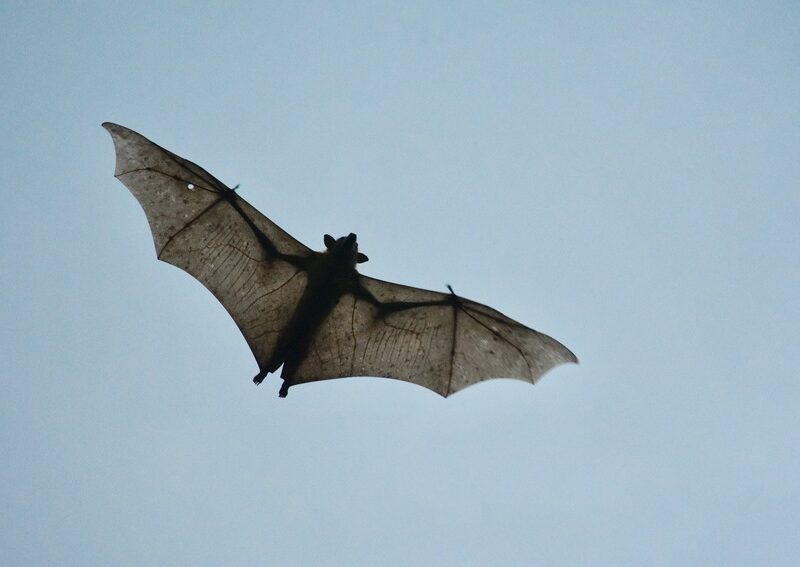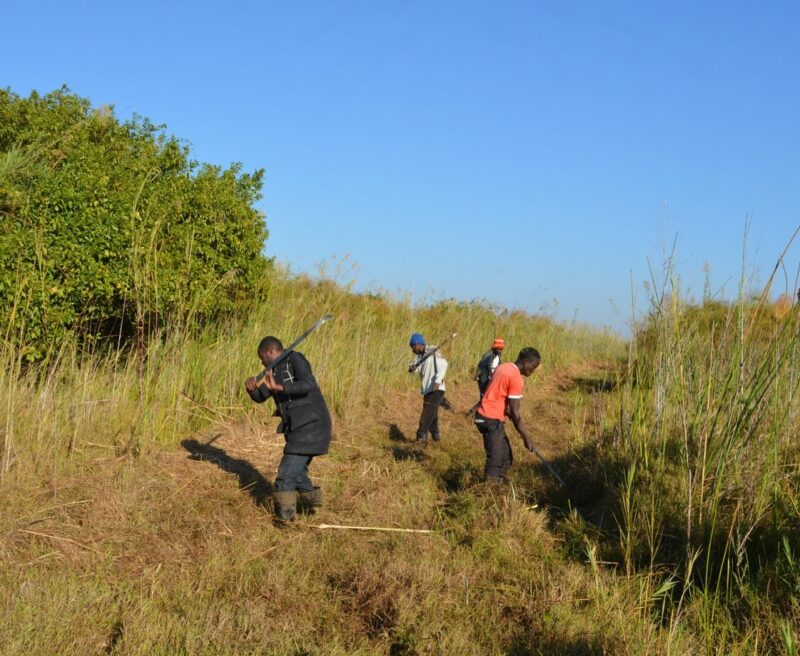MISSION
The Kasanka Trust exists to protect Kasanka National Park, one of Zambia’s smallest National Parks. The Trust is engaged in community development and eco-tourism.

The Kasanka Trust exists to protect Kasanka National Park, one of Zambia’s smallest National Parks. The Trust is engaged in community development and eco-tourism.
The Kasanka Trust was founded by David Lloyd, a British former district officer, and Gareth Williams, a local commercial farmer, to rescue the wildlife of Kasanka. Despite becoming a national park in 1972, poaching was rife and the mammal populations were on the verge of disappearing without action.
With the permission of the National Parks and Wildlife Services and the local community, the Kasanka Trust began as an initiative to revitalise the park using private funding and donations. The Trust took over sole management of the park in 1990, and in 2002 David Lloyd’s contribution to conservation was recognised when he received an OBE medal in the Queens Jubilee honours.

World Land Trust (WLT) helps the protection of Kasanka National Park through two rangers, Benson and Kalaba, who are supported through Keepers of the Wild.
Please see our Zambia page.
